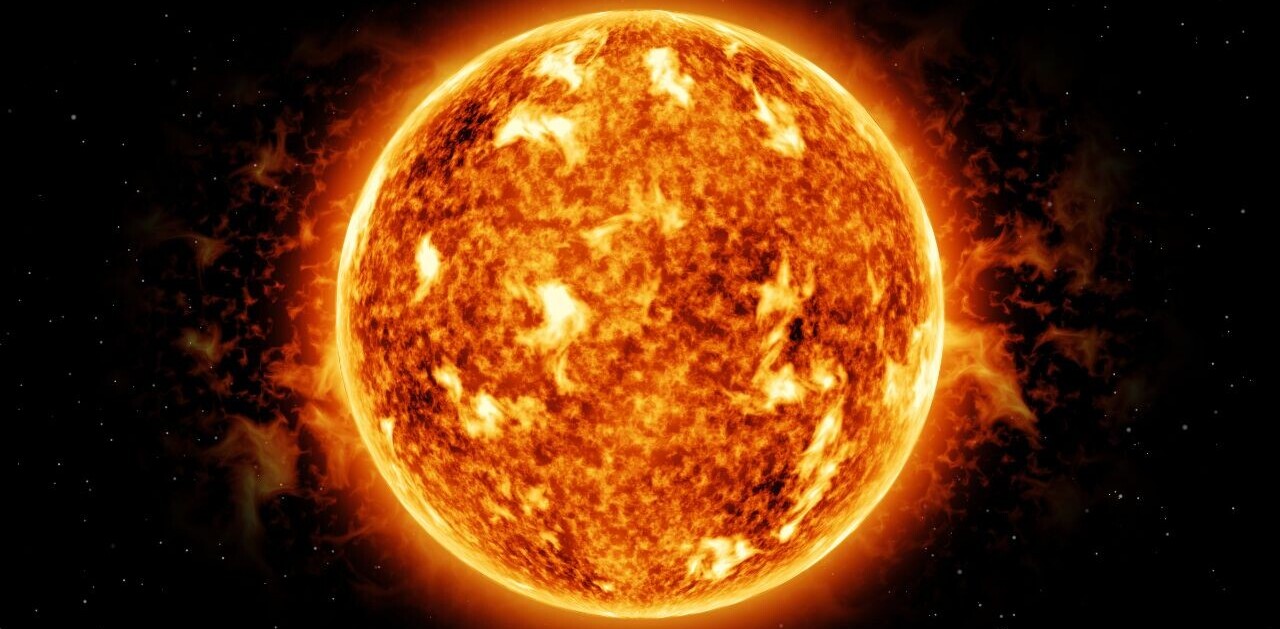
Ammonia is perhaps best known as a household cleaner or the chemical that makes your pee smell. Few might realise, however, that half of the world’s food production relies on ammonia-based fertilisers produced in just a handful of countries.
This clear, foul-smelling chemical is largely made by superheating water, air, and natural gas under pressure — a process that emits vast quantities of carbon dioxide. Ammonia synthesis is by far the dirtiest chemical manufacturing process in the world, responsible for about 1.8% of global CO2. That’s more than the UK’s total emissions last year.
In a bid to clean up the sector, one startup is developing what it calls a nitrolyzer — a container-sized machine that can produce ammonia using just water, air, and renewable electricity. The process, it claims, emits no carbon.
The startup, aptly named Nitrovolt, was founded less than a year ago as a spinout from the Technical University of Denmark. Its nitrolyzer was developed by two scientists who have spent the last seven years at the cutting-edge of electrochemical ammonia synthesis research.
Late last year, Nitrovolt received a fellowship grant from Breakthrough Energy, a private sector funding programme designed to tackle early-stage barriers to climate tech innovation. And today announced it has secured its first pre-seed round — €750,000 from Swedish VC BackingMinds.
“With the new funding, we’re moving out of the university and hiring the competencies we need to scale our technology,” said Mattia Saccoccio, CTO & co-founder of NitroVolt.
While it’s still early days, Nitrovolt has big plans, not just to decarbonise ammonia production, but to make fertiliser more accessible to those who need it most — farmers.
Democratising nutrients
The nitrolyzer system is designed to produce green ammonia directly at farms. All a grower needs is access to the grid (or to a solar or wind installation), water, and some air.
Once synthesis takes place, the ammonia would be funnelled into the existing irrigation system to be sprayed on crops. The farmer would be able to specify the concentration they would like and the system would generate it on-demand.
Suzanne Zamany Andersen, the company’s CEO & co-founder, told TNW that its first full-sized system is expected to generate around 150kg of ammonia per day — enough to cater to all of the nitrogen needs of an average Danish farm. This would require about 450 litres of water a day.
Similar to a Tesla battery pack, the nitrolyzer can be scaled up or down depending on requirement. You simply add or subtract one of the modules.
“Our technology makes it possible to produce ammonia locally and puts the end user in control of the production. This means that the production becomes resilient to supply chain volatility and green at the same time – something that doesn’t exist on the market today,” Andersen said.
Securing supplies
Russia is the world’s largest exporter of ammonia, followed by China and the Middle East, putting Europe at risk of disruptions in supply of this critical fertiliser.
After the war in Ukraine, for instance, the price of nitrogen fertiliser almost quadrupled, meaning many farmers could not afford to purchase it. This impacted food security across the globe.
Demand for ammonia is predicted to triple by 2050, the same year the sector must reach net zero emissions. This means demand for local and green ammonia production will accelerate quickly going forward, Andersen predicts.
While very few startups are operating in this space so far, green ammonia production will likely present an increasingly attractive investment case going forward.
BackingMinds, for one, looks to be a first mover on the technology. Susanne Najafi, founding partner at the founder-led firm, said they had been “actively seeking green alternatives for fertilisers for over two years.”
The firm bills itself as Europe’s only VC focusing entirely on “blind spots” — underinvested areas in critical industries.
In the future, ammonia could also play a key role in transporting and storing green hydrogen. The chemical could also itself be burned as a zero-carbon fuel for ships, planes, and cars.
Yes, ladies and gentlemen, we may be entering the era of pee-powered transport.
Get the TNW newsletter
Get the most important tech news in your inbox each week.





